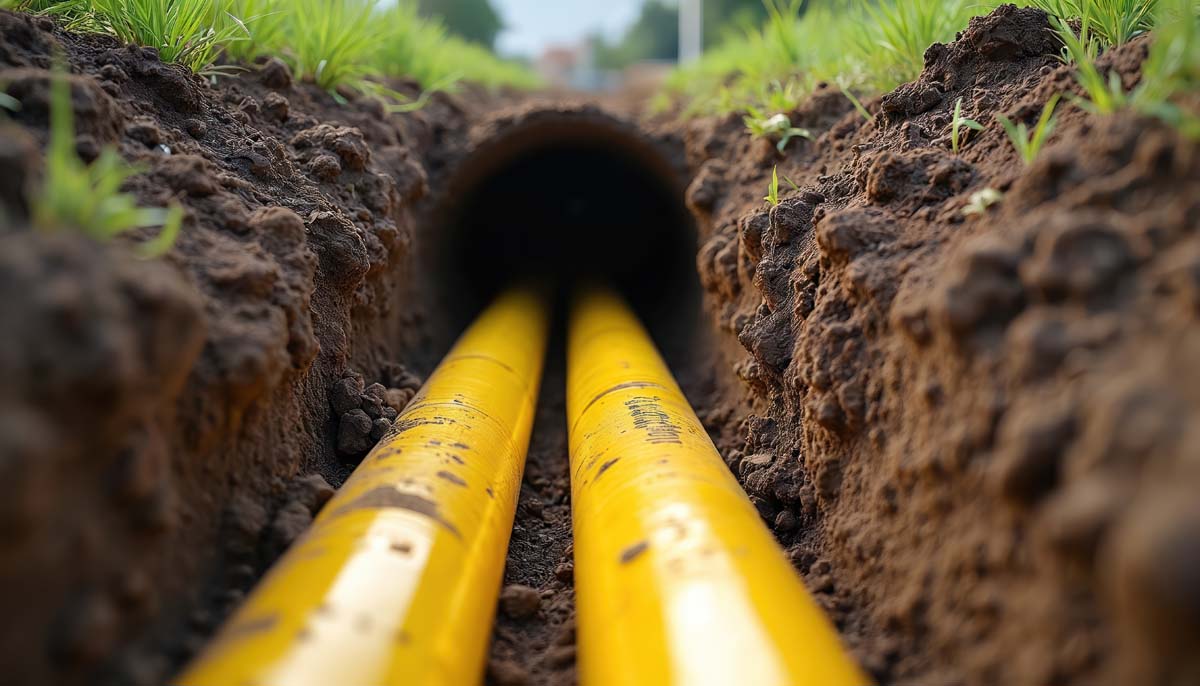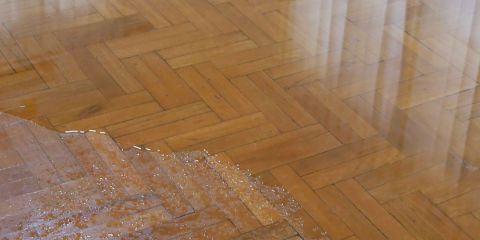2025
How Trenchless Water Lines Streamline The Replacement Process

Homeowners often imagine water line replacement as a messy, disruptive job that tears up lawns, driveways, or sidewalks. This is because traditional digging leaves behind scars on the property, but trenchless technology has changed how these projects are done.
Instead of long trenches, small access points allow crews to replace aging pipes with far less disturbance. The result is a cleaner, faster, and more efficient way to restore water service without turning a yard into a construction site.
Understanding The Trenchless Method
Trenchless water line replacement relies on specialized equipment that installs a new pipe using only a couple of small entry points.
Crews either pull a new pipe through the old line or break apart the failing pipe while feeding in a replacement. This technique eliminates the need for continuous digging and reduces overall project time.
The biggest advantage lies in how it balances durability with minimal disruption. The replacement lines are often made of high-density polyethylene, a material known for resisting corrosion and leaks.
Key Benefits For Homeowners
The trenchless approach is popular not only for its efficiency but also for the practical benefits it provides.
Property owners in busy areas like Vancouver often face space limitations or want to avoid tearing up valuable landscaping. With trenchless technology, most of those concerns are minimized.
Some of the main advantages include:
- Faster completion time compared to open-cut trenching
- Reduced property damage to lawns, gardens, and driveways
- Long-lasting pipe materials with fewer future repairs
- Lower restoration costs since landscaping stays largely intact
By removing the need for heavy excavation, this process also cuts back on equipment noise and traffic interruptions. These benefits create a smoother experience for both residents and neighborhoods.
Comparing Traditional And Trenchless Replacement
Traditional water line replacement involves digging a long trench to expose the old pipe, removing it, and laying a new line in its place. While effective, this method leaves behind piles of soil, concrete removal, and significant repair work after the installation is finished. Trenchless technology avoids nearly all of this disruption.
A side-by-side look makes the contrast clearer:
- Traditional digging requires large crews and heavy machinery. Trenchless work usually needs fewer workers and lighter equipment.
- Excavated trenches can extend across sidewalks or driveways. Trenchless uses only small entry pits, often at the curb and near the house.
- Restoring property after open-cut projects often takes longer than the pipe replacement itself. Trenchless leaves little to repair once the job is complete.
This difference highlights why trenchless has become the preferred choice in urban and residential settings. It provides the same function while avoiding most of the headaches.
Moving Toward Modern Water Line Solutions
Trenchless water line replacement represents a practical shift toward efficiency and preservation. Homeowners gain a reliable new line without sacrificing their yard, and the community benefits from fewer disruptions.
For anyone facing water line issues, understanding the trenchless option offers peace of mind. It proves that essential infrastructure upgrades do not need to come at the cost of torn-up property or weeks of inconvenience.
Don't let water line issues disrupt your life! Trust 604 FIX LEAK for fast, efficient water main repairs and replacements.
